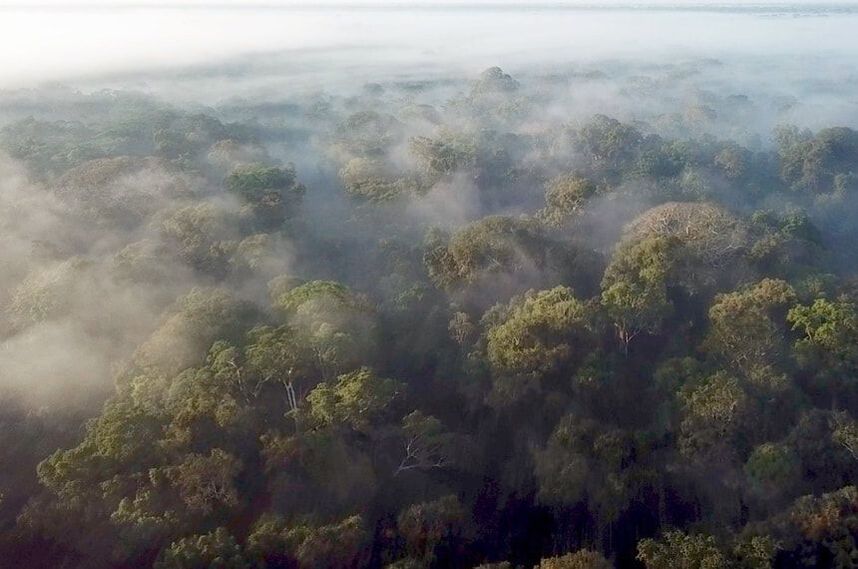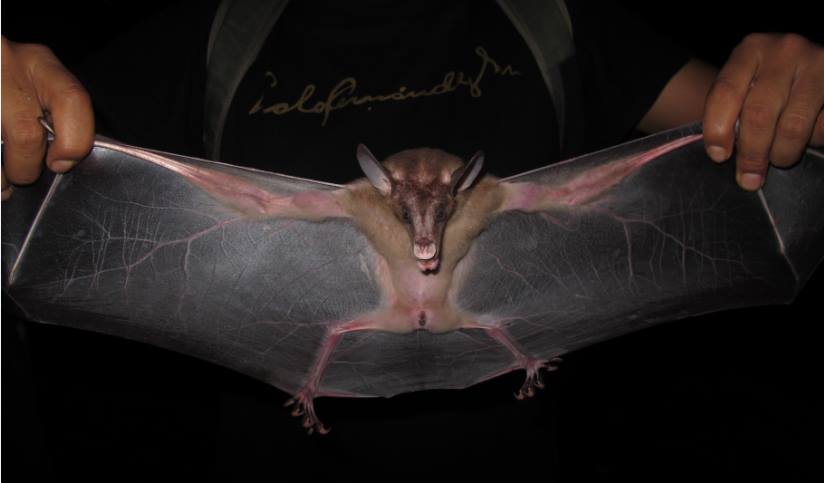ACTIVITIES
ACTIVITIES
Our activities
We lead different researches and activities in which you can participate. Our methods to collect data are standardized so it is possible to use this data for your university report or thesis. As a student or researcher, it is also possible to do your own research about other topics and we can help you in your scientific project and your fieldwork. As a volunteer you will help us to give support in the main activities and researches of students we have at that moment. As a tourist you can join to our activities to learn, take a closer look of the scientific fieldwork we do and experience the rainforest is a different way.
|
Behavioral studies of black spider monkeys
In this long-term study, we investigate the seasonal variation of the behavior of black spider monkeys. We collect data about pattern activities, diet composition and habitat use. This data is used to investigate the ecological requirement of the species and their impact on the ecosystem. You will go to the forest to look for the monkeys and study their behavior. There will be also presentations to give a more theoretical background. Activity duration: 4h-9h* Energy required: High When: Weekly |
|
Mammal transect
A standardized method is used to determine the diversity, abundance and density of local mammals. The transect is 4 km long (4 parallel lines of 1km). You will walk the transect in teams of 2, when the animals are the most active: early in the morning and when the sun goes down. To have more chance to encounter animals, the walking pace is low: 1km/hora. Every time an animal is encountered, the species name, hour, location and distance to the trail will registered. Activity duration: 3h-4h Energy required: Low When: Weekly |
|
|
Camera traps Using camera traps, we monitor continually mineral licks. This allows us to investigate the seasonal use of vertebrates (mammals, birds, reptiles) of these mineral licks. These areas include places where animals come to consume soil where they extract minerals from. Like this we can capture animals that are normally difficult to spot. Activity duration: 3h-4h Energy required: medium When: Every 2 weeks |
|
Phenology studies of angiosperms
A standardized method is used to better understand the reproductive stages of plants and trees. The transect in total is 2 km long (4 transects of 500m). You will walk the transect and collect flowers, leaves and fruits in the morning and in the afternoon the determination of the collected material and pictures will find place. We own a library with many books and field guides to help you with the determination. Also, we can always help you finding the family or even species name. Activity duration: 3h-4h Energy required: low When: Every 2 weeks (1km) |
|
Vegetation study
The aim of this study is understanding better the structure, composition and dynamics of the forest. To investigate this, we installed 10 plots (20x50m) where in we labeled all the all the trees>10 cm diameter. Different parameters are measured like diameter, height, how many trees died etc. Every year we analyze the data. In addition, we have also activities to maintain the plots. Activity duration: 3h-4h* Energy required: Low When: Weekly |
|
Data entry
A lot of data is collected in the station (data of the cameras, phenology, temperature, humidity, …) and doing research requires digitalization of the data. Therefore, data has to be transmitted to excel files. This activity is mostly done or rainy days or when you want to do a less physical activity. Activity duration: 3h Energy required: Low When: Weekly |
|
Machete work & Maintenance
It is necessary to keep our area and our trails neat. Therefore, we will clean around the house, the trails and around our farm with a machete on a regular base. This activity requires a little bit more energy than the other ones, but it can bring a nice variation with the other activities. It is really satisfying to see how fast you can clean something and the juice afterwards will be extra refreshing. Other activities to maintain or improve the station are reparation, painting, cleaning, small constructions, gardening, ... Activity duration: 1-3h Energy required: High When: When |
|
Surveillance and monitoring of timber species
It is necessary to protect the concession and prevent that people do logging and other illegal activities in the area. To protect our area, we do some surveillance in the concession. During this walk we can also visit the different habitats with aguaje (a local fruit of palmtrees) and brazil nuts trees. These species have a great economical importance. Activity duration: 3h Energy required: Medium |
|
Monitoring of climate variables
Different climate variables are measured on daily base to investigate the local climate change over the years and can also be used as another variable in other studies to explain certain patterns. Every day, 3 times a day, the average, minimum and maximum value of the temperature and humidity is noted down. The precipitation is only noted down at the end of day. Activity duration: 2 min. Energy required: Low When: Daily |
|
Pitfall traps
To investigate the diversity of terrestrial small fauna (arthropods, amphibians, reptiles), we installed 20 pitfall traps divided in two transect of 100m. The buckets will be opened 3 nights in a row and be checked every morning the next day, we go back to determine the different species that fell into the buckets. Activity duration: 3h-4h Energy required: Medio When: Monthly |
|
Bats
To investigate the diversity of bats species, we put once in a while mist nets. This activity find place in the evening and the nets are checked every half an hour. Bats are taken out carefully by a professional biologist and morphologic characteristics and species name are determined. Activity duration: 3h Energy required: Low When: Every season |
|
Current researches
Sometimes there will be students and/or researchers in the station that will collect their data here. You can join them to help them with their field work too. Also, they will always share the knowledge by giving presentations. This will give you the opportunity to learn more about different topics. |
|
Theoretical classes
Theoretical classes are given to give a theoretical background about different topics. This will help you to understand the purpose of the researches better and to get to opportunity to learn more about certain topics. These presentations are given after dinner or on rainy days. The classes will be given by biologists, researchers and students. |
Example of a program (2 weeks)
Volunteers follow a daily schedule and usually work an average of 6-8 hours in the field each day, depending on activities. Every evening we all sit together to discuss the planning for the next day. We take into account your wishes and we try to make the planning so that everybody can do what he likes to do. We will support and help you where you need us.
It is important to note that some activities will find place early in the morning or late in the evening. Sometimes you will spend a full day in the forest, and we will take a meal and some snacks with us. Also, some activities will require more physical energy from you than others. During rainy season (November-April) we have some swamps with water until your middle so consider you have to cross swamps and rivers. During the dry season (March-October) the temperature can be high.
Volunteers follow a daily schedule and usually work an average of 6-8 hours in the field each day, depending on activities. Every evening we all sit together to discuss the planning for the next day. We take into account your wishes and we try to make the planning so that everybody can do what he likes to do. We will support and help you where you need us.
It is important to note that some activities will find place early in the morning or late in the evening. Sometimes you will spend a full day in the forest, and we will take a meal and some snacks with us. Also, some activities will require more physical energy from you than others. During rainy season (November-April) we have some swamps with water until your middle so consider you have to cross swamps and rivers. During the dry season (March-October) the temperature can be high.













